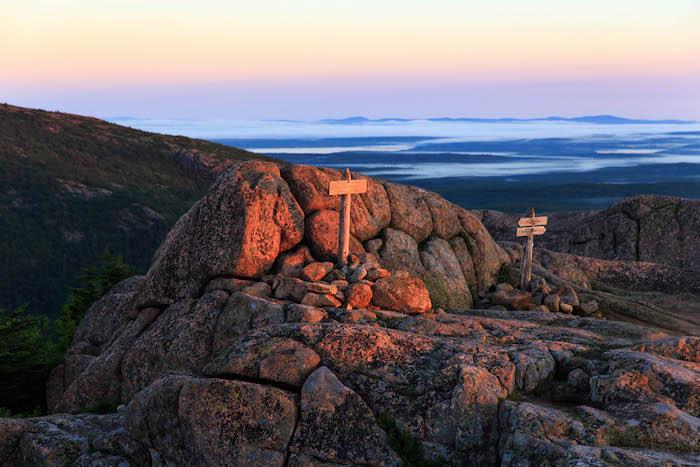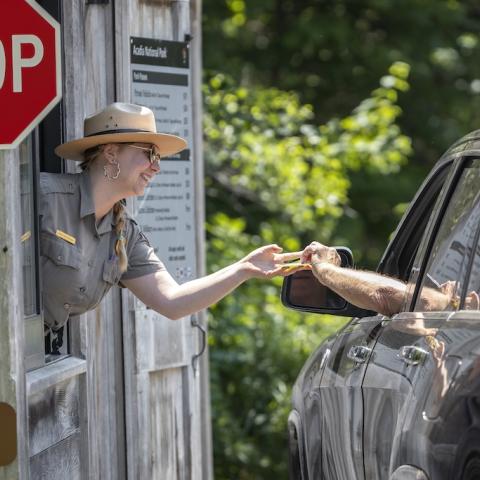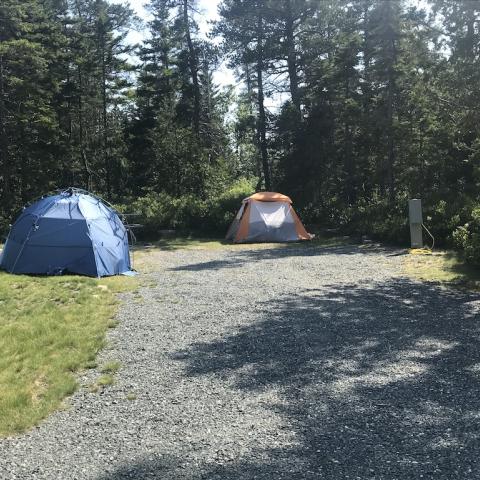
The barren summit of Pemetic Mountain in Acadia National Park offers spectacular views in all directions/Friends of Acadia
Acadia National Park visitors often arrive with a checklist of “must-see” places, such as Cadillac Mountain and Thunder Hole. But it is often when experiencing the park “deeper in” that the true magic of the place reveals itself.
Certainly, places immortalized in picture postcards are among the most scenic spots in any of the nation’s national parks. But there are equally spectacular places among the park’s rugged granite coastline, deep forests, and barren mountaintops to find true adventure.
Friends of Acadia, a non-profit group dedicated to protecting the resources of the park and quality of life in surround communities, has been working closely with park officials to ensure a quality visitor experience by helping educate people in ways to develop their own personal connection with the park. Even in summer, when visitation peaks and it can seem like the park loop road is bumper to bumper during the middle of the day, savvy visitors can find a way to ditch the madding crowd and find the quietude and serenity that is the hallmark of Acadia.
One approach is to visit the more popular places in the early morning or evening. That makes the most sense, too, for photographers looking to capture special scenes with the spectacular light of dawn or evening’s alpenglow.

Acadia National Park visitors looking for a quieter experience can enjoy cobble beaches such as those at Hunter’s Beach and Little Hunter’s Beach / Friends of Acadia
Likewise, trails up some of the less visited peaks, including Penobscot, Sargent and Pemetic mountains, offer a more wilderness-oriented experience, while not lacking in the desired alpine-like open terrain or 360-degree views of Cadillac.
Sand Beach with its unique geology and lifeguards may get all the attention, but numerous side trails throughout the park lead down to remote “cobble” beaches where your only companion is likely to be the cool ocean air and the sound of waves breaking on the shore. Especially for those who like to hike or bike without backtracking, using the Island Explorer shuttle bus system makes perfect sense.
A portion of every entrance fee paid supports the free buses. Hikers can begin at one trailhead and hike miles along a ridge and catch a bus back to the start or to their overnight accommodation once they reach the far end.
On your next visit, go deeper in at Acadia.
Friends of Acadia can help you get there.




 Support Essential Coverage of Essential Places
Support Essential Coverage of Essential Places






